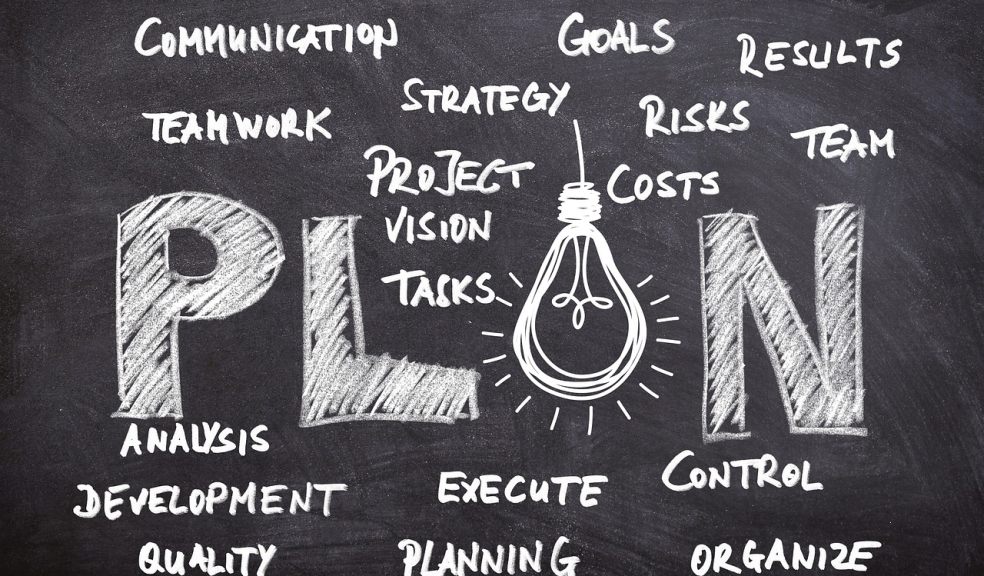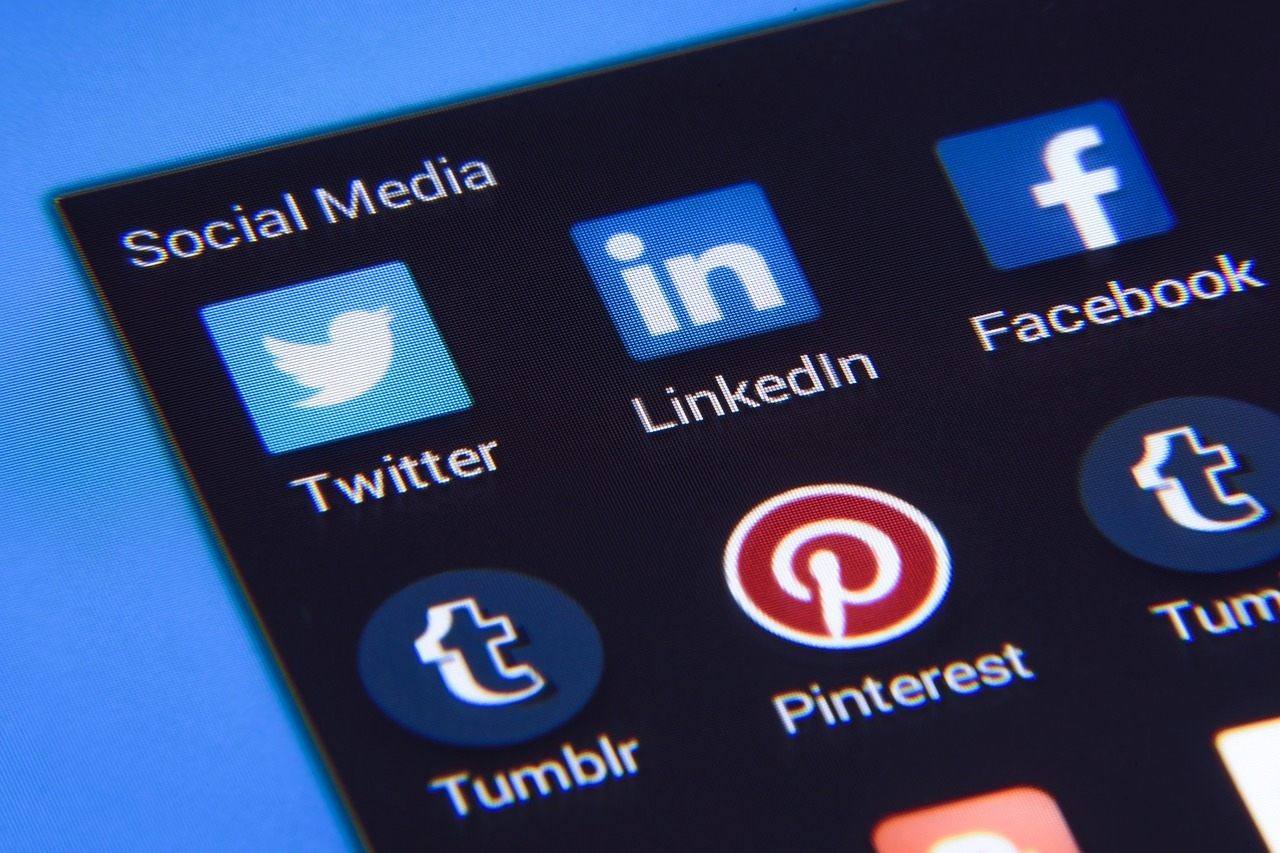
Competition in the UK Business Environment is Increasing: How Can Companies Stand Out?
According to the World Economic Forum, the United Kingdom is amongst the world’s most competitive nations. In 2022, the South West had the largest percentage increase (15%) in the number of private sector businesses in English regions, surpassing the South East and Yorkshire. Growing competition in English regions means businesses must develop an edge against rival companies to have a strong brand reputation and hold a significant share of the market they’re operating in.
Fortunately, businesses can achieve this in many ways, such as by adapting price strategies, ensuring marketing promotions consider socio-cultural factors, and incentivising consumers to become repeat customers. Repeat customers are also known as loyal customers, and this loyalty comes from having strong customer engagement. Many businesses in various industries have already mastered this, and we will explore a few of them in detail today.
Incentivising Customers
Companies can incentivise their target audience in many ways, such as by offering something different on the market. A great example of this can be seen in the online casino industry. Online casinos incentivise consumers by providing unique promotions and offering live games in addition to traditional games. For example, gamblers can play Paddy Power live blackjack games, which blend the traditional gambling experience with the digital world. All the rules are the same, but players can interact with a real-life dealer on screen, all while trying to win real money. This is classified as a double incentive.
Another way to incentivise consumers is through rewards and loyalty programs. For example, a retail company could offer a loyalty program where shoppers collect points through every purchase they can later redeem. A famous example is the Tesco Clubcard, which has over 17 million users in the UK. The concept of gamification can illustrate why loyalty programs work so well. Gamification is a strategy that takes gaming elements like points and leaderboards and puts them in non-gaming environments. The idea is that these rewards will influence and motivate consumers to engage in a business’s practice. BI Worldwide’s gamification article states that this strategy works with consumers and encourages employees.
Furthermore, incentivising customers comes down to the basics: talk to them. Customer engagement is an essential metric for any business, and it describes the interaction and relationship between customers and an organisation. These relationships can help form customer-firm bonds, which can lead them to directly (i.e., purchasing products) or indirectly (i.e., word-of-mouth) contributing to their financial success. According to Salesforce’s article, 80% of customers say their experiences with a brand are equally as important as the products and services they offer.
A great way to increase customer engagement is by focusing on owned media vehicles, such as brand social media accounts. Responding to queries, retweeting and liking posts shared by customers using a brand’s products, and running contests are all great ways to increase engagement and incentivise customers to keep returning to a business.

Developing a competitive edge is vital for any business, particularly in the United Kingdom, where significant competition exists. While product quality can do this, businesses must also consider the services and experiences they offer their target audience. Companies want consumers to keep returning, but they won’t do that if they don't get added value from them. This added value can be achieved in many ways, such as by offering something new and using concepts like gamification.

















